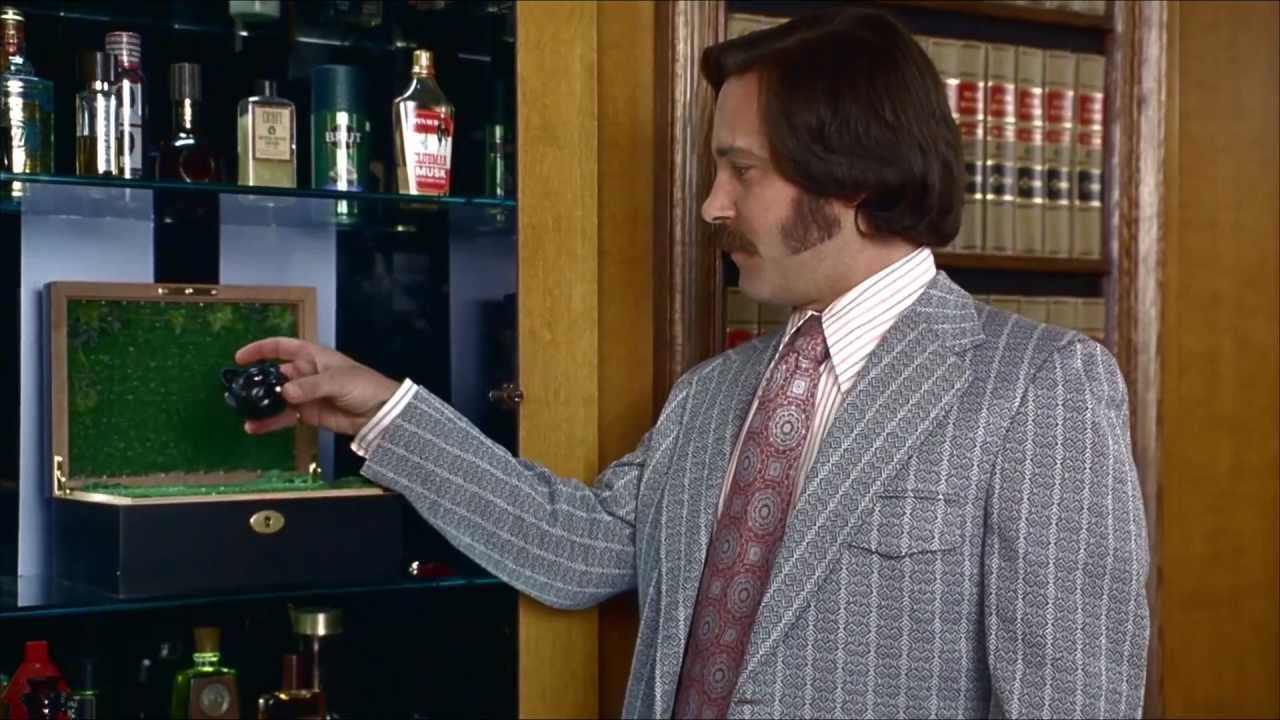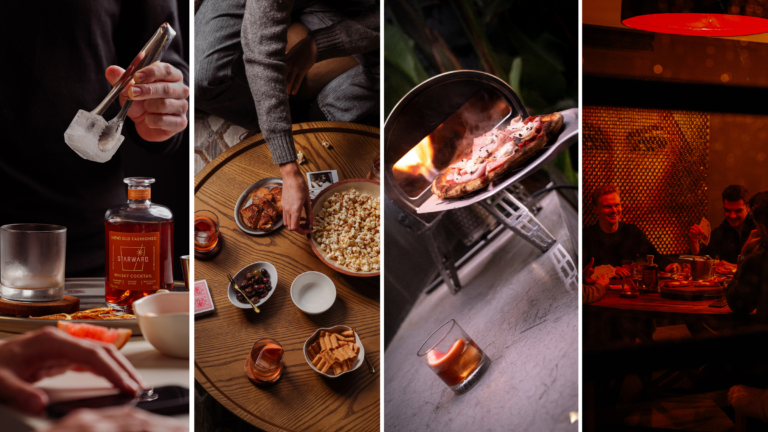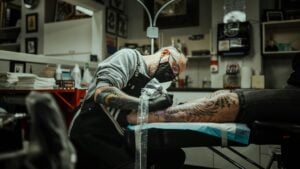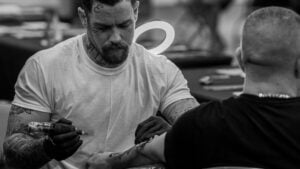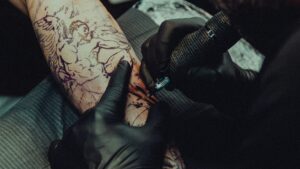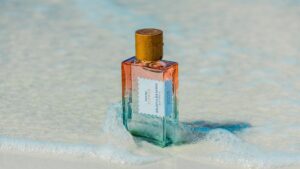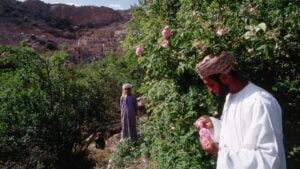Welcome to Fragrance Friday, where each week we’ll be keeping you abreast of the newest and most iconic releases in the dynamic world of men’s fragrances. Born out of the desire to showcase one of the most overlooked, yet versatile, elements of any discerning man’s style this weekly column will help you finesse your own signature scent. This week we take a look at expensive perfume ingredients.
I’ve spent the past few editions of this weekly column highlighting some of the best men’s perfumes for different occasions and tastes, like the best perfumes inspired by travel and some of the best affordable men’s perfumes. Now I want to turn to something a bit different, given it’s better to know about the more granular details of something as vast and complex as niche perfumery if you really want to be able to discern quality from cash-grab.
As such, I’ve rounded up three of the rarest and most expensive ingredients in perfumery. The following are highly sought by perfume houses around the world, but grabbing raw, natural versions of these ingredients often makes little financial sense.
A lot of brands, especially designer labels and celebrity fragrances, want their margins to be as wide as possible so would often turn to overly-worked synthetics to try and recreate some of the below.
As the great Marvin Gaye once said – ‘ain’t nothing like the real thing, baby.’
From Orris to Bulgarian Rose, if a perfume uses absolutes or essential oils (I’ll explain the difference below) then that means have taken these natural ingredients and worked highly concentrated extracts into the fragrance profile. What you can expect, then, is to get as close as possible to the real thing, with the essence of these expensive perfume ingredients captured in the top, heart and base notes and blended with complementary, or contrasting notes to help you work up your signature scent.
Below you’ll find three of the rarest perfume ingredients that’ll help act as a stamp of quality next time you’re in the market for an expensive men’s fragrance to help build up a sense of occasion.
There are others, of course. Oud and musk (actual musk, not the synthetic kind) are two of the other big ones but they are so common nowadays and typical that we’ve stuck with three of the more obscure – ambergris, orris and Bulgarian rose.
Essential Oils Vs Absolutes
Absolutes and essential oils are what you should be looking out for in the notes of these various perfumes. The difference between them isn’t major and has everything to do with how these fragrances are extracted from their sources. Both of them represent highly concentrated extracts from flowers or plants, but there’s a difference in technique.
Essential oils are extracted from their sources typically through steam distillation, whereas an absolute uses a solvent to extract the fragrance. This could either be hexane or ethanol, resulting in a slightly stronger extraction with more aromatic details of the source.
If you see something like “Orris Absolute” listed in a note, then know that the fragrance note is as close to the natural scent of Orris as possible, given the method used is more effective at capturing the nuance of more delicate substances.
The solvent method is generally preferred when dealing with something like Bulgarian Rose, which like other ingredients such as Jasmine, is harder to extract.
3 Rare & Expensive Perfume Ingredients Used In Luxury Perfume
Ambergris
Let’s start with Ambergris, as it’s one of the more interesting ingredients in all of perfumery and is increasingly rare given it actually comes from 1% of the world’s population of sperm whales. I wrote a detailed explainer of how Ambergris is made and why it’s so rare – you can read it here.
The long-short of it? Ambergris is formed inside a sperm whale to protect its insides from the sharpness of squid beaks and cuttlefish, after which it is flushed out as excrement and spends years floating in the ocean, taking on the natural scents of the sea and sun before changing colour and washing up on shore.
The active component, ambrein, is responsible for the storied aphrodisiac effects of this perfume ingredient, which is often used in expensive perfumes to extend the life of the scent. As such, Ambergris is so highly-prized in perfumery that, in 2006, a couple made ~AU$381,508 after finding a lump on a beach in South Australia. It’s surely the most sought-after of the world’s most expensive perfume ingredients.
Perfumes that use Ambergris
Creed ‘Green Irish Tweed
Amouage ‘Ashore’
Atkinsons ‘Scilly Neroli’
Orris
Many claim Orris as the single best perfume ingredient in history. I’m not going to argue with some of the world’s greatest perfumers on this one so I’m just going to agree.
It’s not hard to smell why. Providing you’ve got a perfume committed to capturing the natural nuances of the orris flower then you can expect shades of raspberry, violet and pepper to add a very complex spicey-sweet dimension to any perfume.
These flowers grow in abundance in the famed wine region of Chianti, Tuscany outside of Florence. Harvesting them is known as a very labour-intensive process which is why it’s estimated that high-quality Orris can fetch more than 50,000 (AU$74,456) per kilo.
Considering it takes half a tonne of Orris root to produce a single kilo of essential oil, you can see why only some of the world’s most valuable luxury perfumes make use of true Orris.
Perfumes that use Orris
Amouage ‘Orris Wakan‘
Roja Parfums ‘Oceania’
Bulgarian Rose
Extracted from Rosa damascena (or damask rose), which is native to Persia but also grown commercially in Bulgaria and Turkey, Bulgarian rose oil is widely known as the highest quality of all the many rose oils out there. If you’re thinking rose isn’t common in men’s perfumes then that’s because you’ve been playing the lower end of the scale.
Bulgarian rose isn’t so overly sweet, but rather quite muted and sophisticated. That’s why it’s such a valuable player in the game, being able to add that essential rose note to a profile yet still playing harmoniously with the other ingredients. Plus, it’s more expressive of the terroir in which it is grown, typically building up notes of honey, cloves, lemon peel, raspberry and cinnamon as small nuances to help lift the rose note.
Because of this, Bulgarian rose is the preferred form of rose in a lot of designer perfumes from labels such as Givenchy, Bvlgari, Tom Ford and Christian Dior. But some of the best expressions of Bulgarian rose are, as always, found in niche perfumery. The Maison Francis Kurkdijan Paris one I listed below is ridiculously good.
Perfumes that use Bulgarian Rose
Tom Ford Noir
Maison Francis Kurkdijan Paris ‘L’Homme A La Rose’
